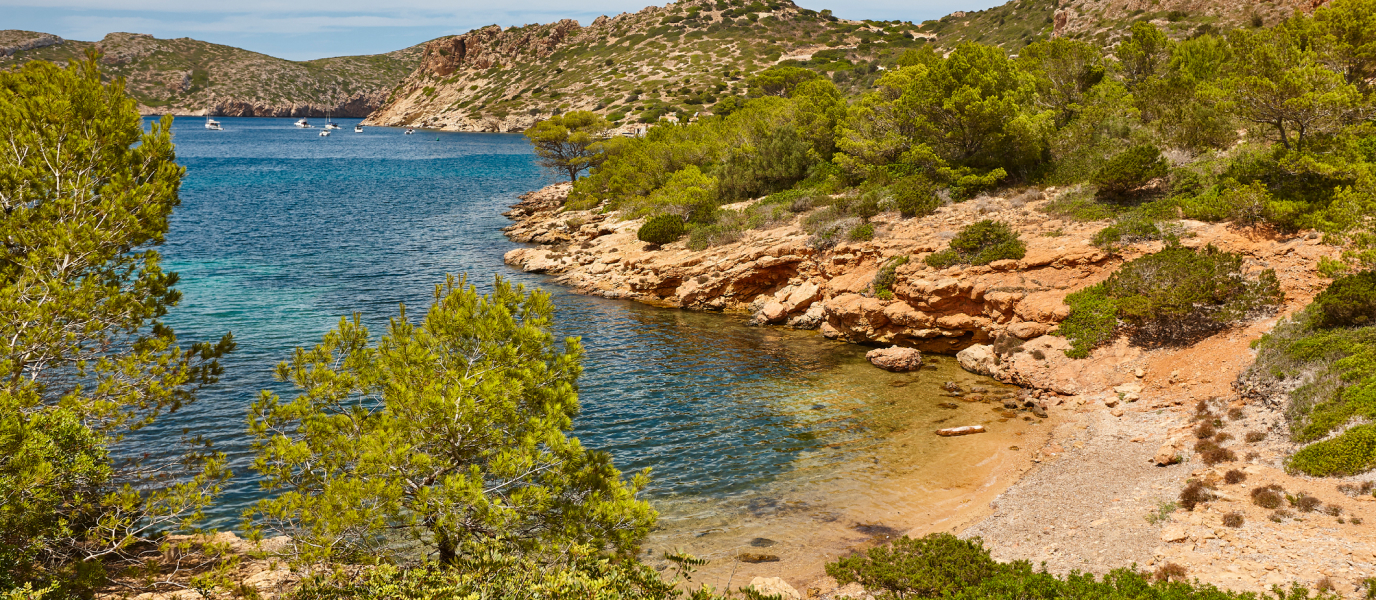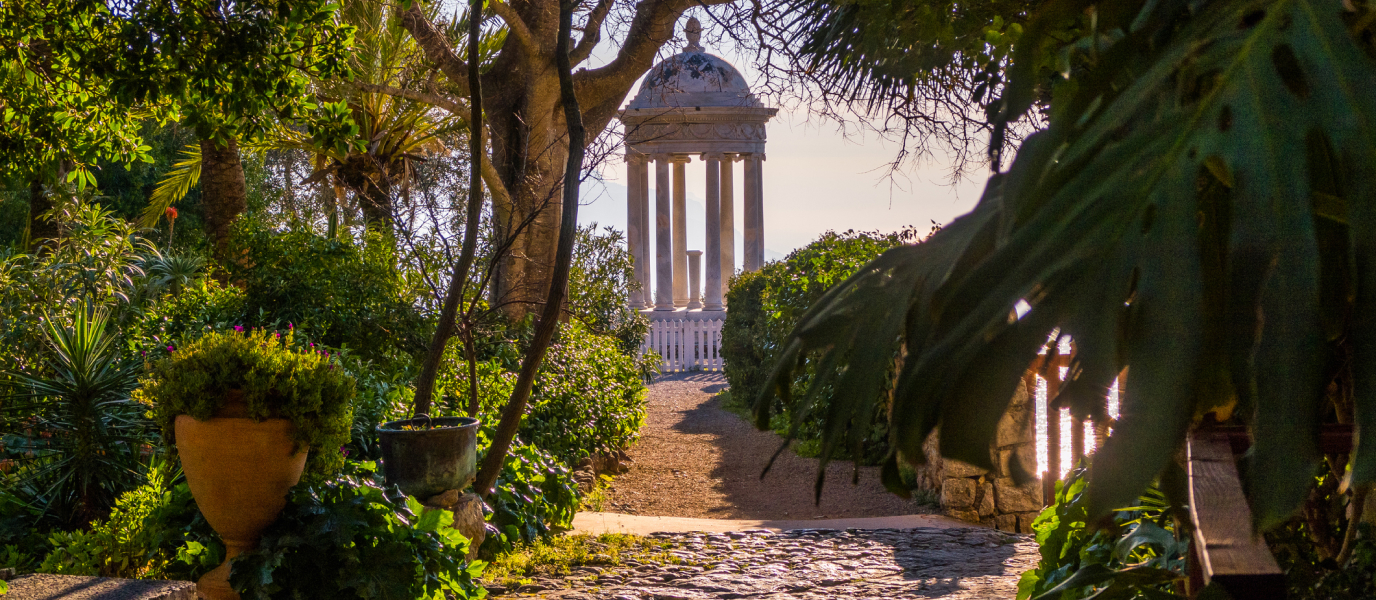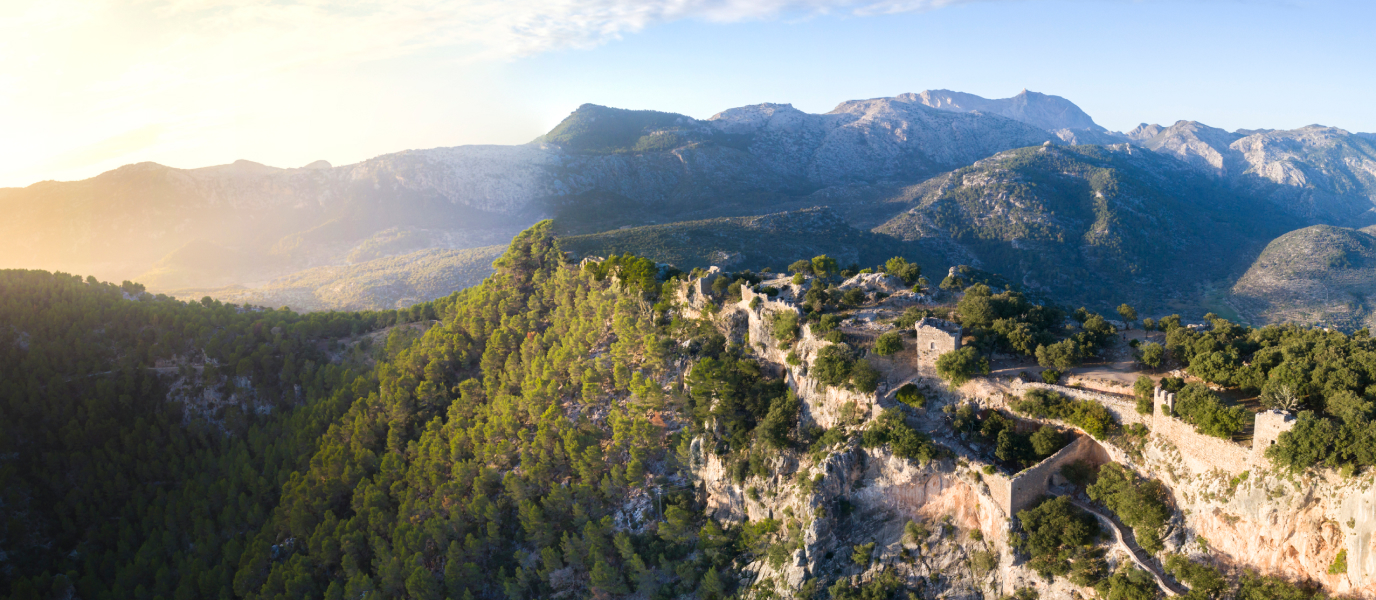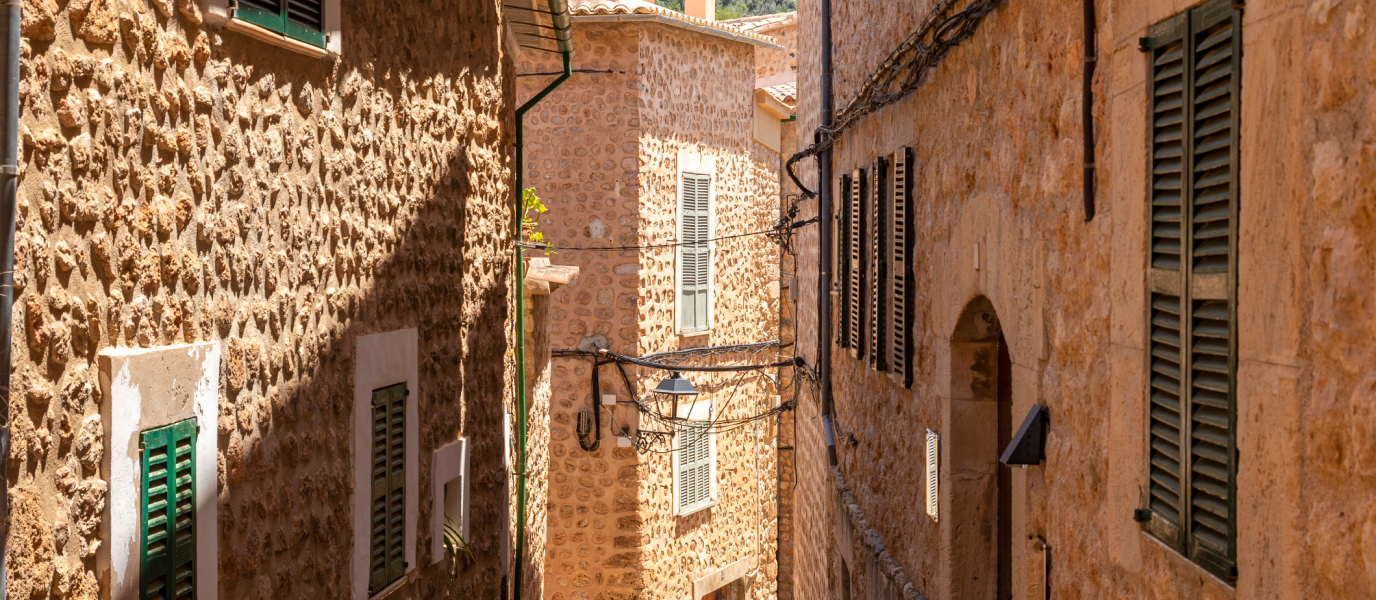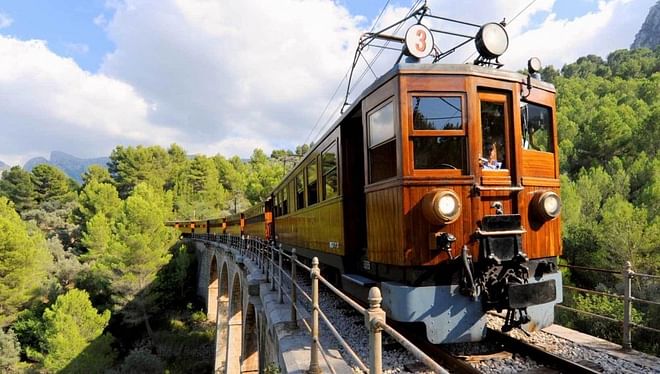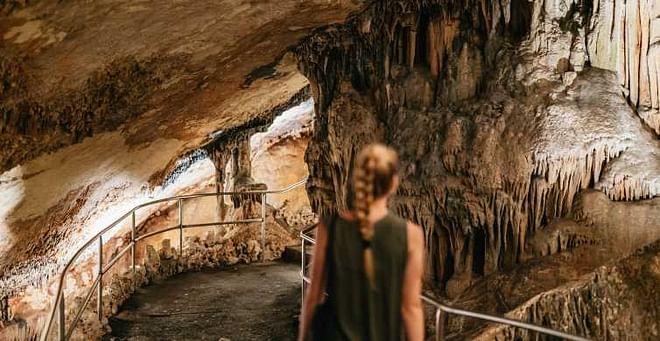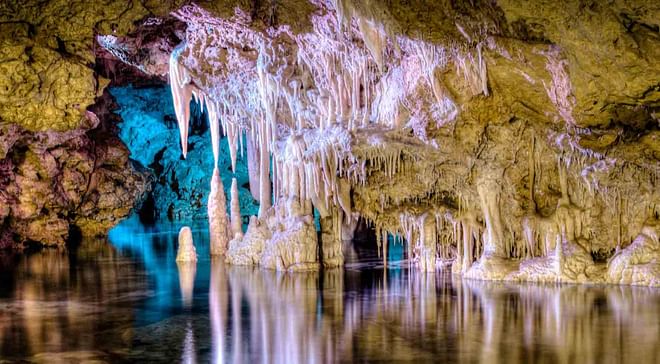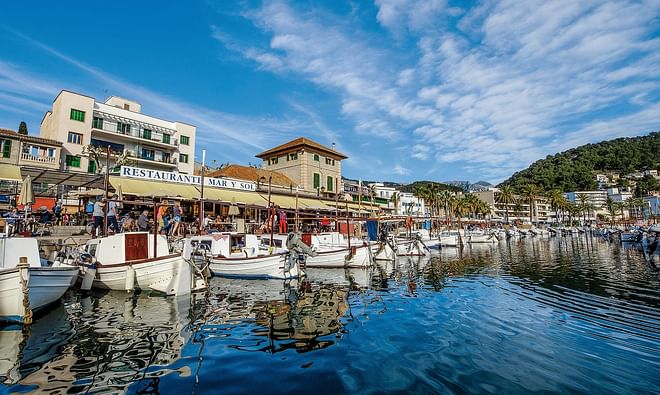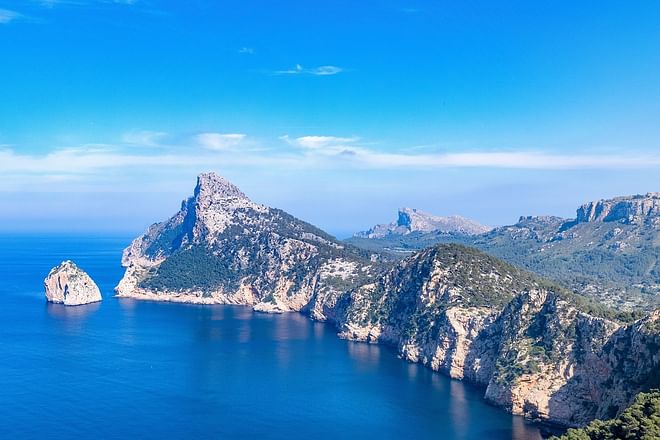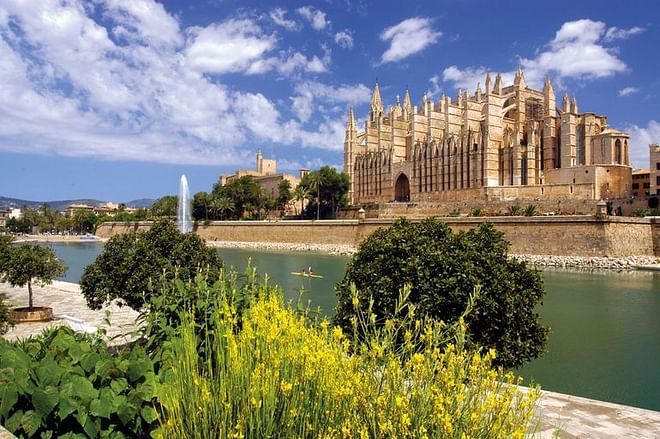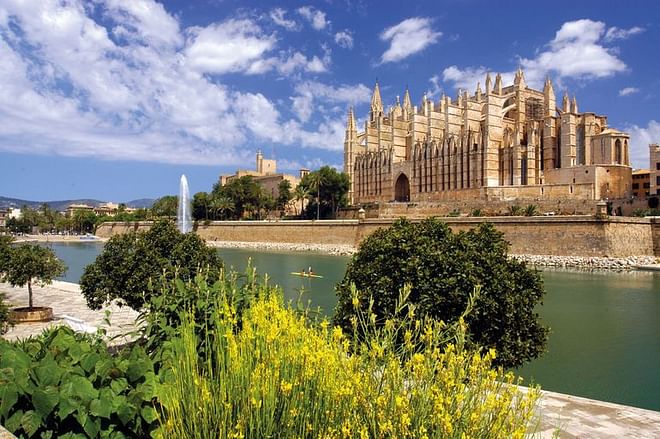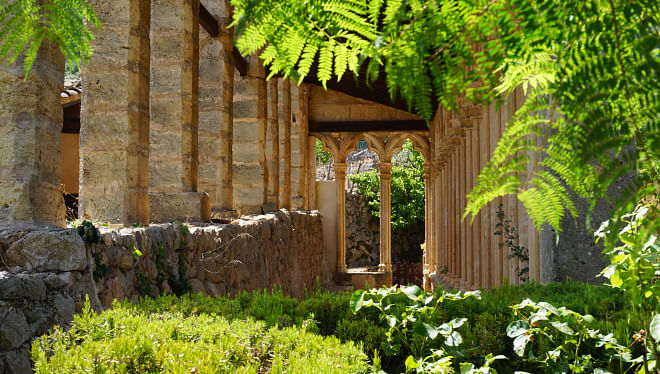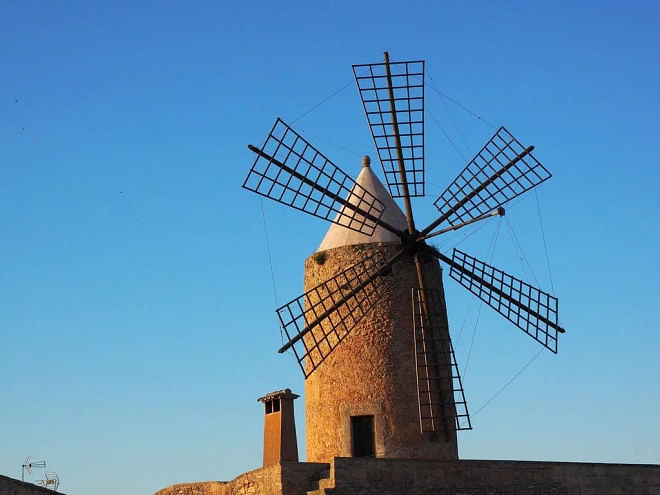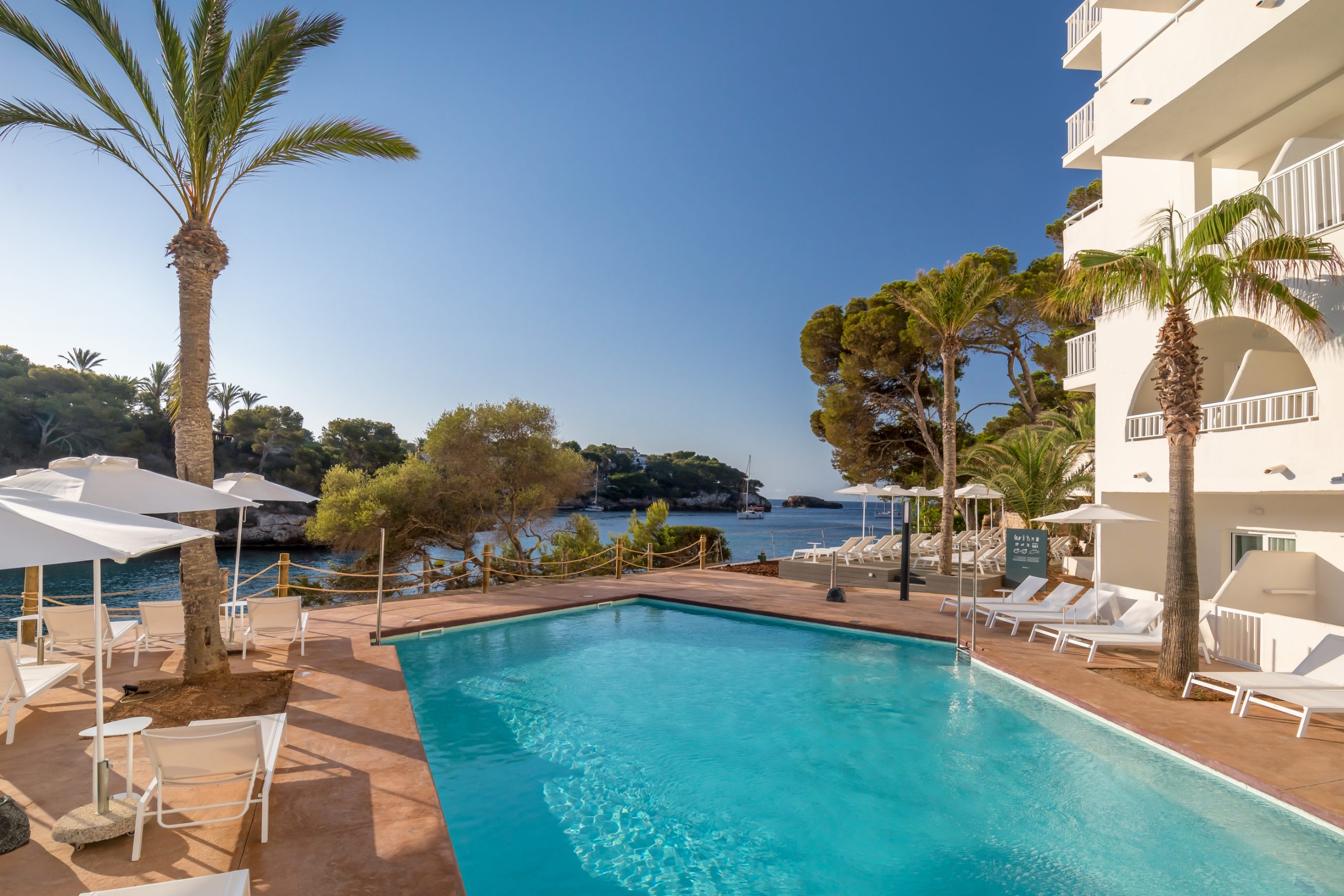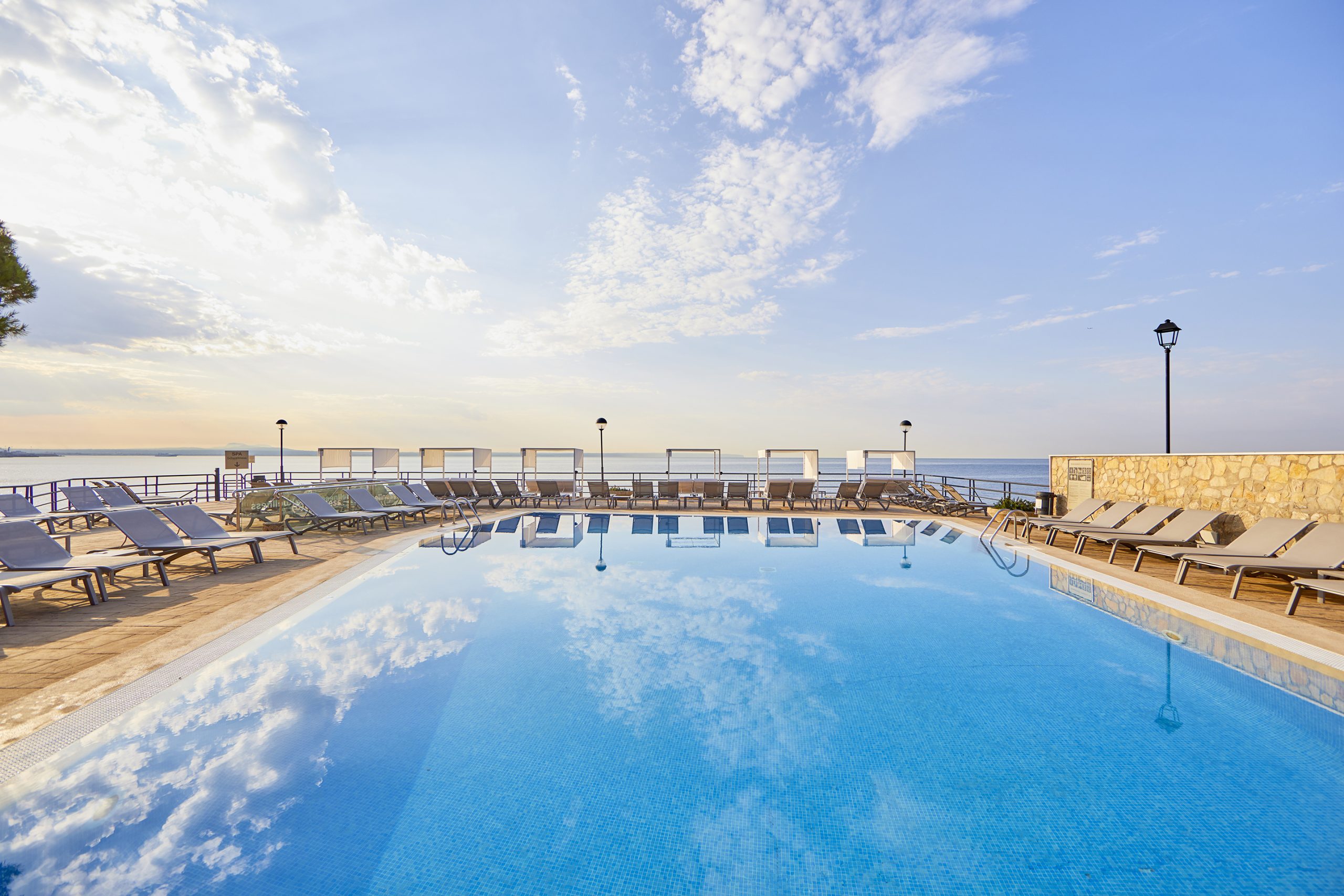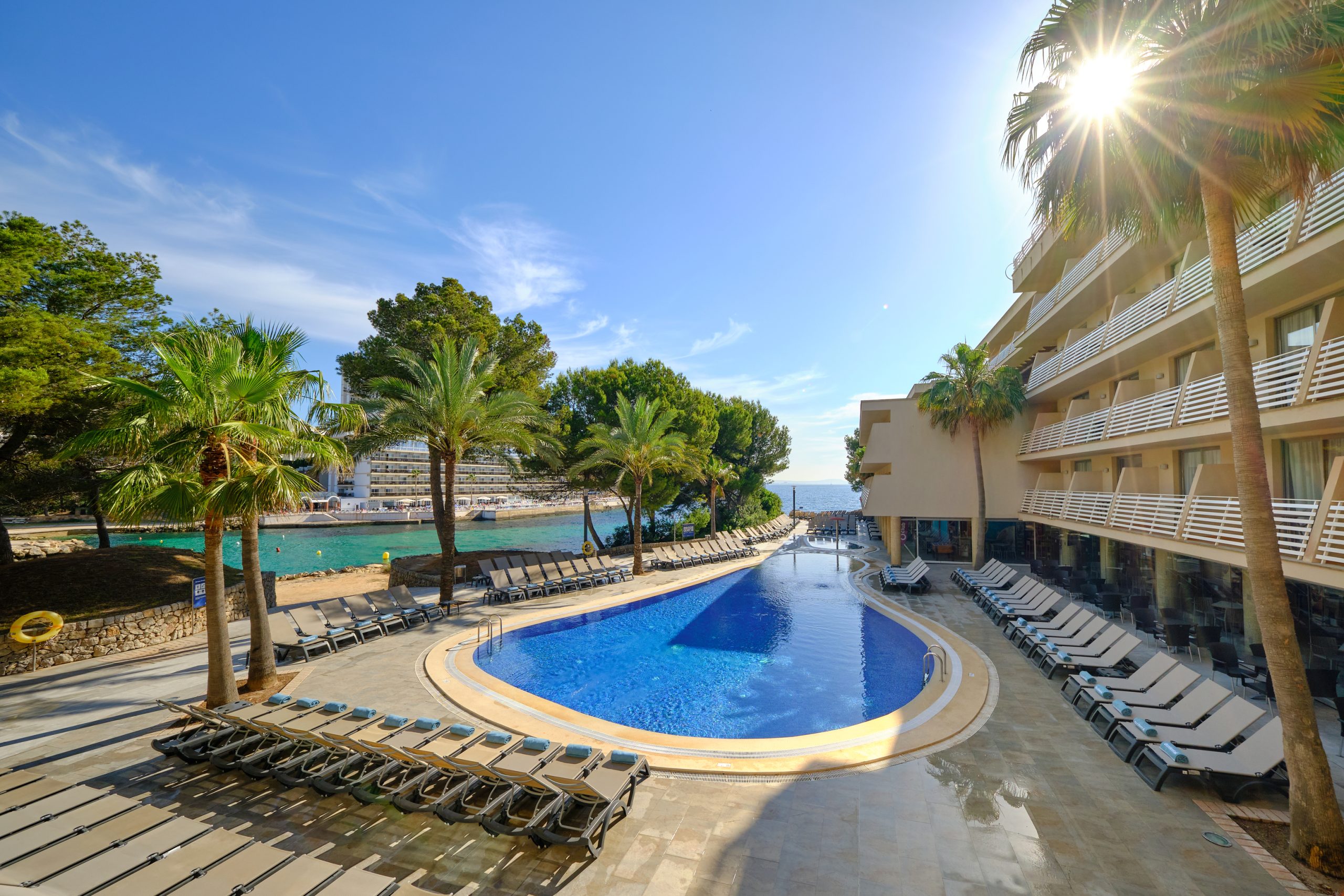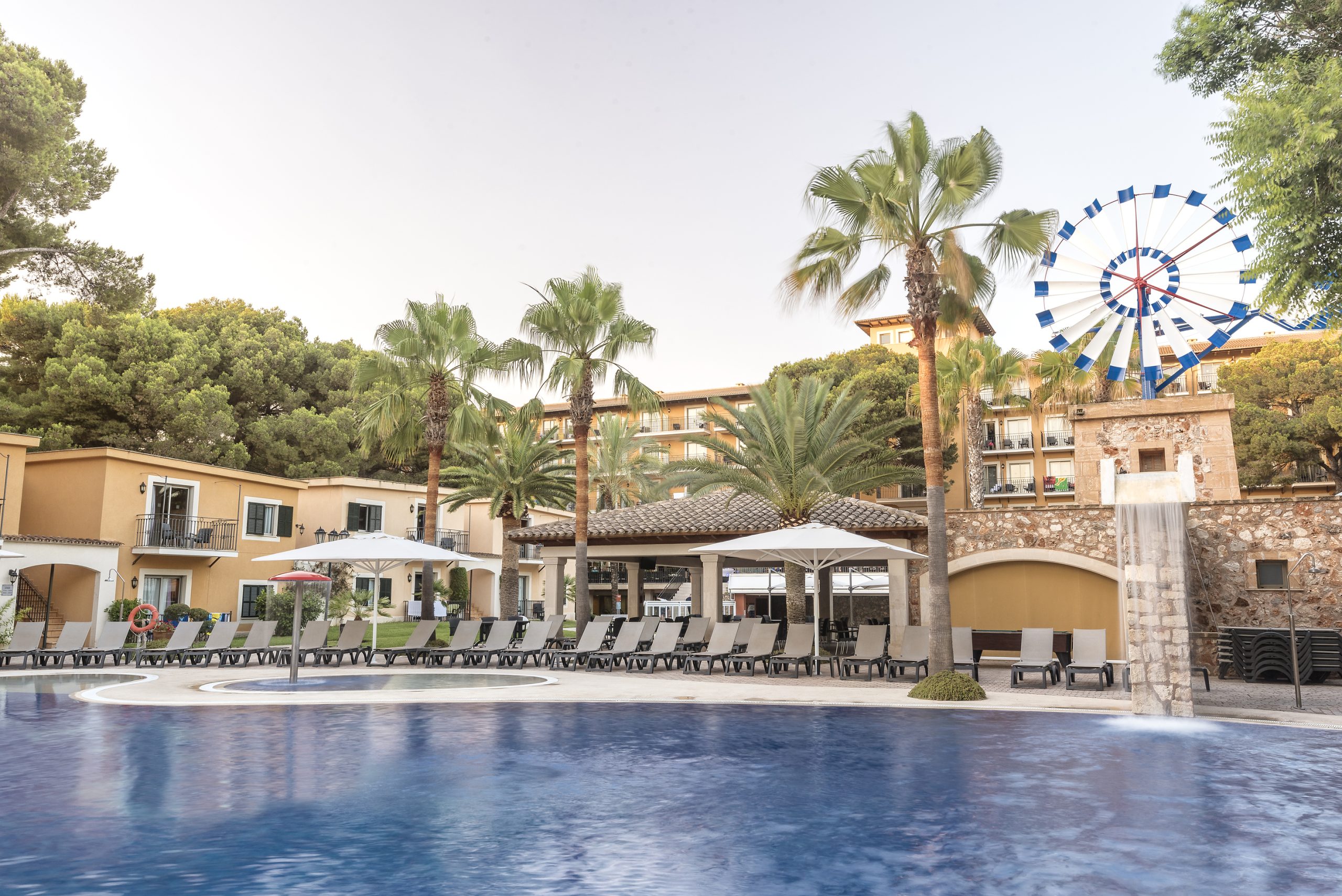A trip to Cabrera is, without a doubt, one of the most recommended excursions if you have the chance to enjoy a few relaxing days in Majorca. In this small archipelago, barely half an hour by boat, the island that gives its name to the whole group stands out: Cabrera. It is the fifth Balearic island (in size), after Majorca, Menorca, Ibiza and Formentera.
The main peculiarity of this small archipelago is that there is an absence of human activity, with the exception of the tourist and leisure boats that get permission to stop here every day. These boats mainly transport divers and lovers of nature in general. This, together with the secular isolation of this area, has preserved the terrestrial and marine landscape like few other places in the Mediterranean.
Thus, the seabed surrounding this small archipelago of Cabrera is among the cleanest, richest and most authentic of all that sea. This is why, since 1991, this place has been recognised as a national park by the corresponding Spanish body. Therefore, the Cabrera Archipelago Maritime National Park is the only one with this category in all the Balearic Islands. And in 2003 it was recognised as a specially protected area of interest for the Mediterranean (ZEPIM).
What is the island and the archipelago of Cabrera like?
The Cabrera archipelago consists of 19 small islands and islets. The largest of all of them is the island of Cabrera itself, which has an area of about 11.5 square kilometres. It is also the only port in the small archipelago, where you cannot stop without permission and with many limitations on the number of boats per day. All in order to protect the incredible biodiversity of this privileged marine environment.
Today the limited visits from boats is the only human presence on the island. Although it was not always like this. In fact, there are still traces of man’s presence. The most relevant are:
- Pla de Ses Figueres site: this is a small monastery that was probably occupied between the 5th and 8th
- Remains of the War of Independence prison camp (1808-1812).
- Remains of the fish salting factory: its origin is considered to be the 5th
- Byzantine necropolis: five tombs dating from the 7th century have been identified.
- Es Clot des Guix site: with Vandal and Byzantine remains. Here there was a gypsum (guix in Majorcan) quarry.
- Castle of Cabrera: dates from the 15th century and is located on the port promontory. It is one of the most characteristic images of the small archipelago.
- Cabrera Museum: it is located in the construction where the island’s winery used to be. It is divided into three thematic areas: archaeology, ethnography and the natural environment.
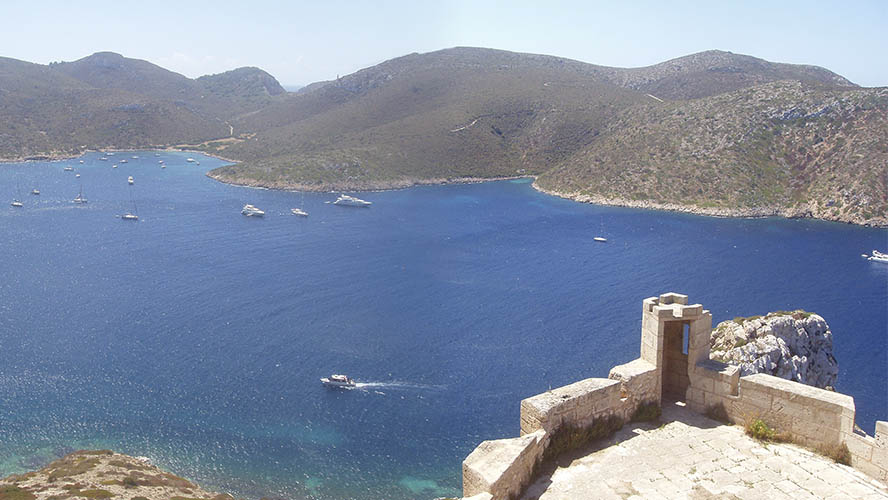
Boat excursions to Cabrera
Excursions to Cabrera depart from the port in Colènia Sant Jordi, to the south of the island of Majorca. They usually last half a day (about six hours). There are different companies that organise routes throughout the year, and increase the number of routes during the summer. Although always under the limitations established by the National Park regulatory body.
These are some of the options for this excursion:
- Disembarkation and visit to the Blue Cave: you can discover the island of Cabrera and also this hollow, located on the coastal profile of the island itself. Its name comes from the intensity of the colour of the waters that bathe it during the sunniest days of the year.
- Maritime route and Blue Cave: with this option you can swim in some of the most spectacular coves of the archipelago, including the Blue Cave itself.
- Complete excursion: this option lets you combine the two previous ones and, in addition, discover the sea floors of the archipelago while snorkelling.
- Scuba diving: various companies offer the chance to explore the Cabrera sea floor. You must have the Open Water Diver.
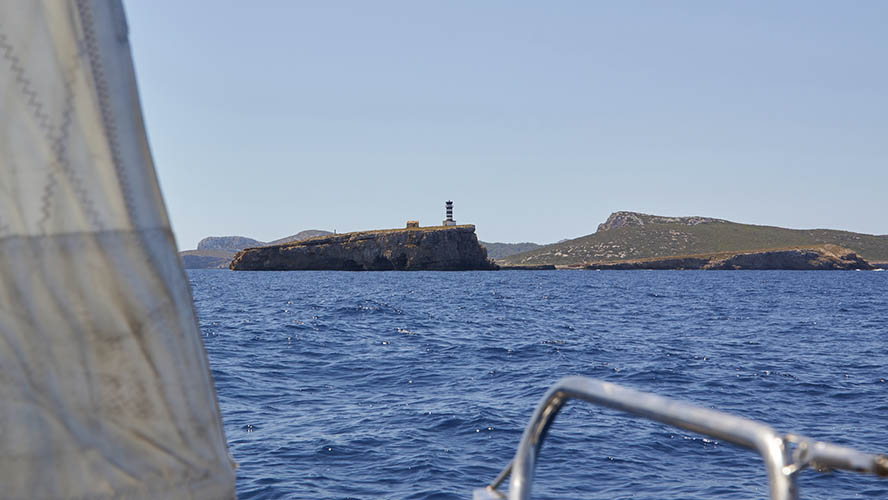
The treasures of Cabrera National Park
The Cabrera Archipelago Maritime National Park covers an area of just over 10,000 hectares. Of these, some 8,700 correspond to the marine environment. Therefore, most of the biodiversity of this protected area is under the sea, with more than 500 species.
These include numerous types of molluscs, crustaceans, sponges, sea urchins and some 220 species of fish. This is the case of groupers, salpas, gilt-head breams, sea bass, black seabreams, dentex, scorpion fish and conger eels.
They share a habitat with other striking species, such as the loggerhead and leatherback turtles, octopuses and dolphins. Unfortunately, there are no longer any colonies of monk seals here, as there were until not so long ago. They now breed in areas further away from the Mediterranean.
Avifauna is very important here. Species such as seagulls, kestrels, ospreys, peregrine falcons, goldfinches, greenfinches and finches nest or stop in the Cabrera archipelago.
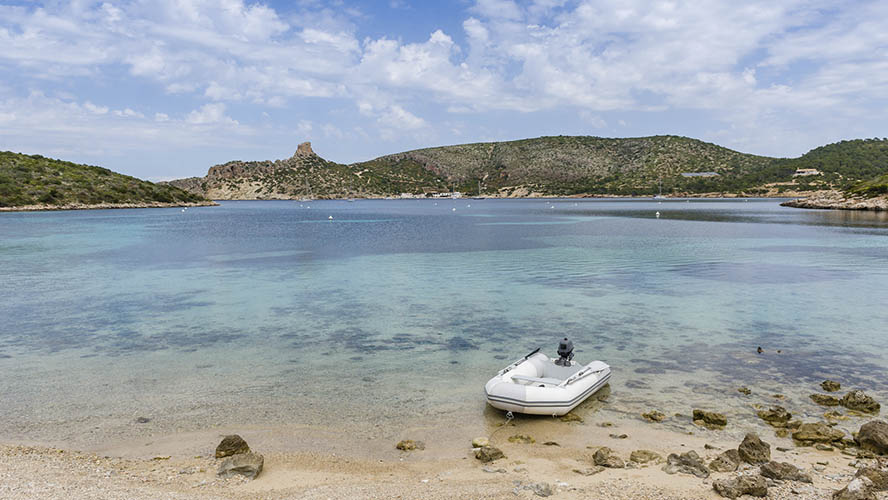
As for mammals, there are only small species such as rabbits, black rats, Algerian hedgehogs and some bats.
Regarding the flora, the most important thing in Cabrera is the abundance of algae, with more than 160 varieties, among which the posidonia bed that cover the seabed stand out. This is a plant that is fundamental for the regeneration of the waters and the survival of numerous marine animals.
And on land, there are numerous specimens of Aleppo pines, olive trees, savin juniper, holm oaks, buxus and many other bushes.
Are there restaurants in Cabrera?
No, there are no restaurants in Cabrera. This is expected considering the degree of protection against human impact in this archipelago. However, there is a small canteen where you can buy sandwiches and ready-made food.
Alternatively, you could take your own food with you on the excursion. Some companies also offer the option of eating on board their boat.




































































